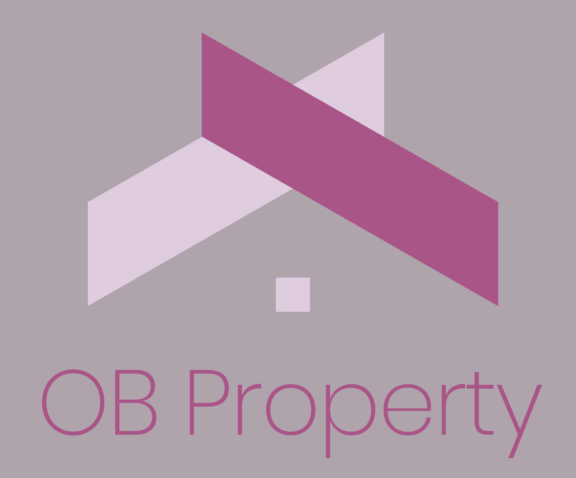The term “fair wear and tear” describes the natural and reasonable deterioration of a rental property that occurs as a result of normal, everyday usage during a tenancy. It differs from damage that results from tenant abuse, negligence, or malicious behaviour, for which the tenant is held accountable.
Fair wear and tear can include the following:
- Paint or wallpaper that has faded: Over time, exposure to light and general wear will cause paint or wallpaper to lose some of its colour.
- Minor scuffs on the walls or floors: In a rental home, occasional scuff marks from furniture or frequent foot traffic are expected.
- Worn carpets or curtains: In high-traffic areas in particular, carpets and curtains inevitably deteriorate with usage.
Defining exactly what counts as normal wear and tear can occasionally be tricky. The length of the tenancy, the kind of property, and the quality of the materials used are just a few of the variables that come into play.
For instance, a carpet used for five years by several tenants is likely to show more signs of wear and tear than one in a property with a single-person tenancy. Fair wear and tear may also apply to things that were already showing signs of wear and tear at the beginning of the tenancy but that have worsened during the term of the lease.
The key to determining when regular wear and tear goes beyond what is acceptable is to identify damage that cannot be fairly attributed to normal use. This type of damage could consist of:
- Stains on carpets or walls that are impossible to remove using conventional cleaning techniques.
- Holes or tears in blinds or drapes that are bigger than could be expected from regular use.
- Furniture or appliances that are badly damaged or broken.
- Deep scratches or gouges in the flooring that are beyond what is typical for everyday wear.
- Water damage or mould resulting from tenant negligence, such as not reporting leaks promptly.
Landlords typically have the right to deduct the cost of repairs or replacements from the tenant’s deposit if the damage caused by the tenant goes beyond what is considered normal wear and tear. It’s important to maintain fairness and reasonableness during the assessment process, give tenants an itemised list of specific deductions, and give them a chance to dispute any charges. This approach ensures transparency and fairness in landlord-tenant relations regarding property maintenance and deposit handling.
If you would like some more advice on what constitutes fair wear and tear or would like to discuss our full management options please give me a call on 01245 202 579 or send an email to mail@obproperty.co.uk.





